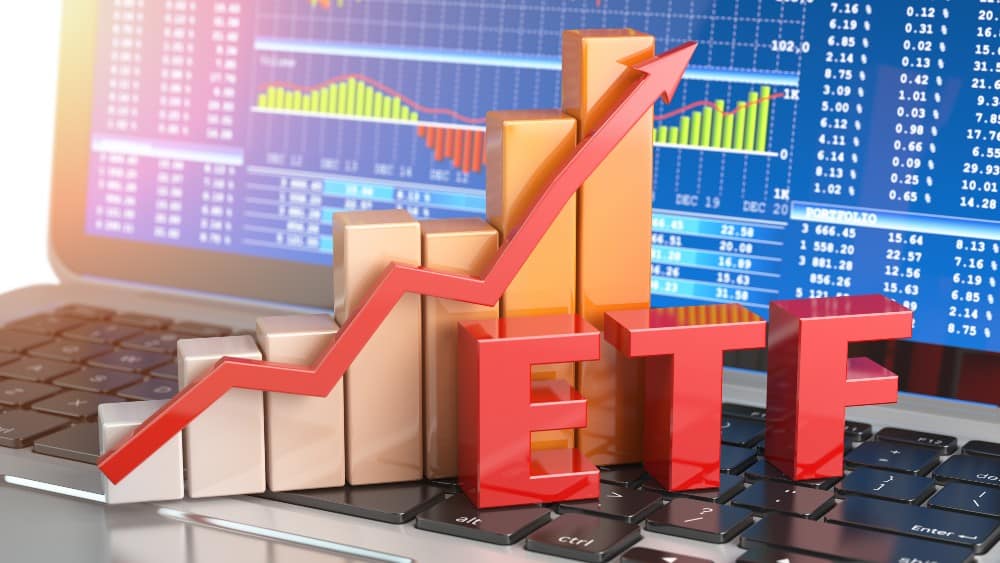Exchange-traded funds (ETFs) give investors easy access to specific areas of the market with diversification to reduce company-specific risk. So, you can focus on the themes or trends you are bullish on. Here are the best ETFs for 2022 and beyond!
Clean energy ETFs
The transformational shift from fossil fuel to clean energy is still ongoing for the long haul. So, clean energy stocks, as a group, should have growth prospects over the next couple of decades. Investors seeking growth can consider having exposure to a clean energy ETF such as BMO Clean Energy Index ETF (TSX:ZCLN).
ZCLN is a global ETF diversified across multiple sectors. It has about 37.8% exposure to the United States, 12.4% to Denmark, 7.2% to Canada, 6.6% to Spain, 6.2% to China, 6.2% to Portugal, 5.4%, Germany, 2% to South Korea, 2% to Austria, and 14.2% in other regions of the world. Its sector exposure includes electric utilities (21%), semiconductor equipment (18%), renewable electricity (15%), heavy electrical equipment (14%), electrical components (11%), multi-utilities (8%), semiconductors (5%), oil and gas refining (2%), and others (6%).
The clean energy ETF holds about 75 securities. Its top 10 holdings make up about 53% of the fund. Its management expense ratio (MER) is 0.40%. ZCLN has only been out for about a year, so it’s not very well known. It has roughly $57.7 million of net assets. According to Yahoo Finance, at $18.17 per unit, it trades at more than a 13% discount from its net asset value (NAV) and has an average volume of 12,914. Notably, BMO Global Asset Management gives ZCLN the highest-risk rating.
Tech ETFs
Technology is a must-invest area. It brings innovation that can transform the world. At the same time, new technology can disrupt old technology, and in the worst- or best-case scenario (depending on which side you’re on), new technology can make old technology obsolete!
If you’re looking for peace of mind and capital preservation with long-term growth prospects, you should consider Invesco QQQ Trust (NASDAQ:QQQ), which includes top holdings that are well-known mega-cap tech stocks: Apple, Microsoft, Amazon, Tesla, Alphabet (Google), Meta Platforms (Facebook), NVIDIA, etc. The QQQ ETF has been available since 1999. It is very liquid with net assets of about US$215 billion and an average volume of 51.1 million.
If you can stomach the higher risk for greater growth potential, you can look into Renaissance IPO ETF (NYSEMKT:IPO), which, as the website describes, is “designed to hold a portfolio of the largest, most liquid, newly-listed U.S. IPOs. Each quarter when the ETF is rebalanced, new IPOs are included and older constituents are removed. At quarterly rebalances, constituents are weighted by float-adjusted market capitalization with a cap imposed on any weightings exceeding 10%.”
Currently, the IPO ETF’s largest holdings are Uber (8% of the fund), Snowflake (7%), CrowdStrike (4%), Zoom Video Communications (4%), Datadog 4%, Airbnb (3%), and Palantir (3%). The ETF has net assets of about US$390 million. According to Yahoo Finance, at US$47.72 per unit, it trades at a 13% discount from its NAV and has an average volume of almost 137,000.




